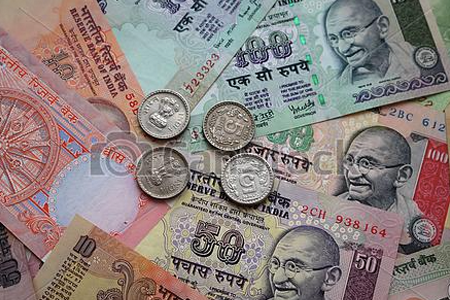As awareness about climate change increases has sparked the move away from gas and diesel powered vehicles and a move towards electric vehicles (EVs).
By USINPAC India-US Relations Blog
According to the World Bank’s updated data for 2017, India is now the sixth largest economy in the world standing at $2.597 trillion at the end of last year…
By USINPAC Indian-Americans and U.S. Politics Blog
Indian-American political candidates are breaking a whole new glass ceiling as 20 U.S. Congressional candidates raised a record 15.5 million dollars in political donations this election period…
By USINPAC Indian-Americans and U.S. Politics Blog
On June 29, the Democratic National Committee (DNC) announced the appointment of Seema Nanda, an Indian American executive, as its incoming CEO…



